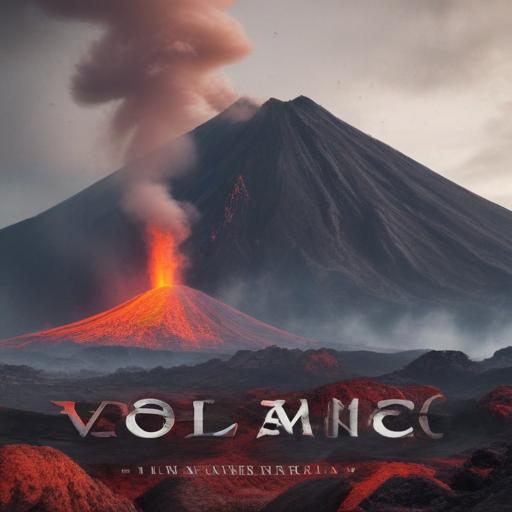The U.S. Geological Survey’s Hawaiian Volcano Observatory has released its latest “Volcano Watch,” detailing the ongoing eruptive activity at Kīlauea’s summit. As of May 6, 2025, the summit has experienced 20 discrete lava fountaining episodes since the eruption resumed on December 23, 2024. This eruption has featured the remarkable occurrence of dual lava fountains, a rarity at Kīlauea and globally.
The most recent episode, Episode 20, lasted approximately 4.5 hours and showcased impressive lava fountaining. Previous episodes have varied widely in duration, with the longest extending to 8.5 days, highlighting the intermittent nature of the eruption. From the vents, lava fountains have reached heights of between 100 and 350 feet, with Episode 15 recording the highest fountains at over 1,000 feet.
The resulting lava flows from these fountaining episodes have significantly contributed to filling the crater formed during Kīlauea’s 2018 summit collapse, with some areas near the vents accumulating thicknesses of nearly 200 feet and covering 816 acres. Tephra fallout, including fragments of lava and glass fibers known as Pele’s hair, has been distributed by wind patterns, impacting areas within and around Hawaiʻi Volcanoes National Park.
Observers have been able to witness these stunning lava displays from various safe vantage points, although it is crucial to remain aware of geological hazards, including emissions of volcanic gases and flying tephra. The Observatory is committed to continuously monitoring the situation and sharing updates, ensuring public safety and awareness in the face of this dynamic volcanic activity.
The Volcano Alert level for Kīlauea remains at Watch, with indications that further eruptive episodes may occur. Meanwhile, Mauna Loa remains inactive. This proactive monitoring approach by the Hawaiian Volcano Observatory allows communities and visitors to stay informed and safe while experiencing the natural wonders of volcanic activity in Hawaii.
The continued fascination with Kīlauea illustrates not only the power of nature but also the resilience and adaptability of life in volcanic regions.
